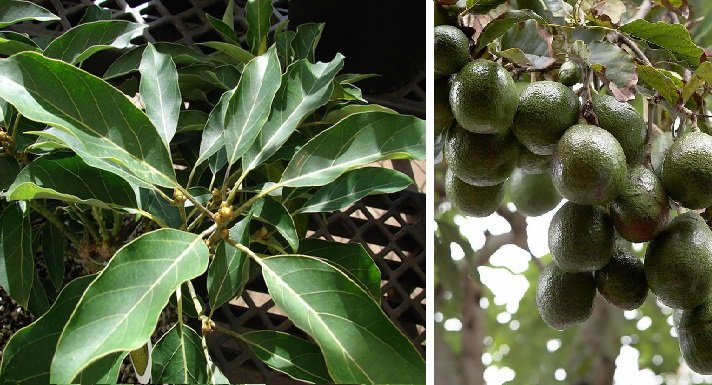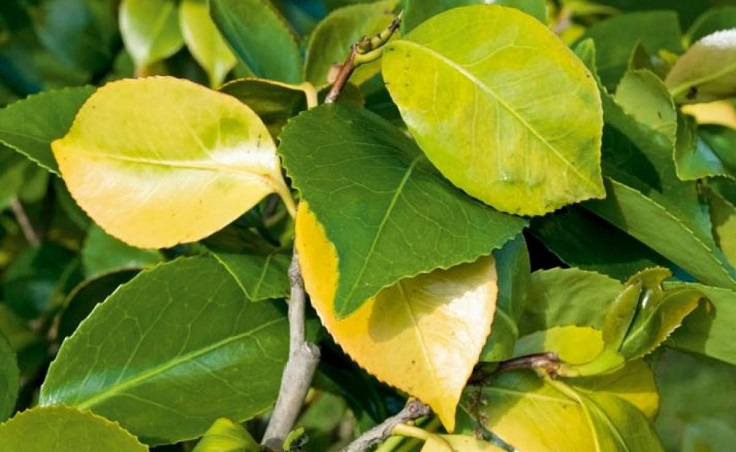Chia seeds are considered among the healthiest foods in the world, among which it stands out as a rich source of Omega 3 and an excellent food for weight loss diets. Beyond a constant source of seeds, there are many reasons to include a chia plant or two in your herb garden. Read on to learn how to grow chia seeds in abundance and the many ways you can use the whole plant.
About the chia plant
A member of the sage and peppermint families, chia plants can grow to a height of almost six feet tall, with arranged lime-green leaves arranged opposite each other. When in bloom, it has beautiful spikes of blue, purple, or white flowers. These small flowers produce a seed head of tiny black and white seeds.
Because chia is a short-day plant (requiring longer nights to produce flowers and seeds), those that reside in the northern regions can cover the plants for at least 12 hours a day in late summer to force the blooms before the first frost.
To grow chia, use only organic sprouted chia seeds.
How to grow chia seeds?
Chia is a fast-growing plant that is naturally resistant to heat, drought, disease, and pests. They require little fertilization, require very little maintenance, are self-pollinated and self-seeded, and are excellent at removing weeds.
Light Requirements : Chia thrives in full sun. When selecting a site to plant, choose a location that receives 6 to 8 hours of direct sunlight.
Soil: This plant prefers loose, well-drained, light to medium clay soils. Prepare the bed by cultivating 20 cm above the ground.
Watering: Water the young plants daily until they are well established. Mature plants tolerate dry spells and only need occasional watering when rainfall is low.
Fertilizer: When you first prepare your garden bed, modify the soil with compost or other organic matter like alfalfa. After this initial nutrient boost, the chia shouldn’t need any additional fertilization.
Sowing: plant seeds on the garden bed after the risk of frost has passed. They don’t need to be buried, just put them gently in the ground. Thin them out as they grow. To protect seeds from food-eating birds, chia can be germinated indoors under a damp roof and planted in the ground when they are at least 8 cm tall. High.
Spacing: if the chia growth is annual, space the plants at 12 inches. away. If the chia growth is perennial, allow between 45 and 60 cms. distance between plants provides space for them to propagate.
5 ways to use the whole chia plant
1. Chia seeds
Chia seeds are without a doubt a super food that has a lot of nutrition. Therefore, growing chia seeds is essential and can be done easily. Per ounce (about two tablespoons), chia seeds have 137 calories and are an excellent source of fiber, protein, omega-3 fatty acids, phosphorus, manganese, and calcium. They also contain a good variety of minerals like zinc, iron, potassium, niacin, thiamine, and vitamin E. The fatty acid profile of chia seeds includes antioxidants like kaempferol, quercetin, and caffeic acid.
Chia seeds can be chewed raw – saliva in your mouth will make them swell and soften before traveling to your stomach. Otherwise, they can be soaked or crushed for incorporation into many types of food and drink.
To harvest seeds, wait until most of the flower petals have fallen, but before the spike turns brown. Cut the picks out of a paper bag or drying rack and let the air circulate.
Squash the dried flower heads on a flat surface to separate the seeds and use a sieve to remove plant debris. Store seeds in an airtight container with a desiccant packet to extend shelf life. Make sure to set some seeds aside to plant the following spring.
2. Chia oil
Like chia seeds, chia oil contains numerous beneficial compounds that are a boon for healthy skin and hair.
Thanks to its vitamin E, omega fatty acids, protein, magnesium, and antioxidant properties, chia oil helps soothe, hydrate, and heal the skin. It has an anti-inflammatory and anti-aging effect on the dermis, helps increase collagen production, and provides some protection against UV rays from the sun.
For hair, it strengthens the follicle from root to tip, promotes faster and thicker hair growth, and can help repair dry and damaged tresses.
If you are interested in making your own botanical oils, it is well worth the investment of purchasing an ejector press. Or, if you have a manual grinder, the chia seeds can be ground into a paste; Use a cloth to squeeze the oils out of this seed mix into a clean jar and let it set for a few days.
3. Chia sprouts
Microgreens are very immature plants that can be grown and consumed in as little as two weeks. Although they are small in stature, microgreens tend to be intense in flavor and are much denser in nutrients than their mature counterparts.
Chia seeds lend themselves well to sprouting. Chia sprouts add a bit of flavor to any dish, sprinkle them raw over salads, soups, sandwiches, and appetizers.
To germinate chia seeds, soak a clean terra cotta saucer in water for several minutes before sprinkling about a tablespoon of chia seeds over the surface. Place the terra cotta plate in a larger bowl and add a little water to keep the terra cotta moist.
Lightly mist the seeds with water, but be sure to drain any standing water or the seeds will gel. Cover with a plate or plastic wrap and place in a dark place. The seeds should sprout in 4 to 7 days. Once they have sprouted, move the sprouts to a sunnier location to make them greener.
4. Chia leaves
The foliage of the chia plant is also fully edible. Analysis of the nutritional properties of chia leaves found that it contains several flavonoids, including two rare antioxidants: acetyl vitexin and acetyl orientine.
Very mild in flavor, fresh chia leaves can be used as a salad bed, in stir fries, and in green smoothies. Raw or dried chia leaves soaked in hot water and sweetened with honey make a fantastic therapeutic tea, traditionally used to relieve pain, fever, and sore throats. Add a few drops of lemon juice to add shine.
5. Fertilizer with chia plant
Once you’ve harvested the seeds and leaves of the chia plant, the leftover stems can be cut as mulch to improve the fertility of your garden’s soil. Apply that mulch to a depth of at least an inch into the soil in fall after you’ve cleared your garden beds. As they break down, they will add minerals and other nutrients to the soil that will fuel growth for the following season.
The essential oils found in the leaves and stems of chia plants also provide a natural defense against whiteflies and other insects, as well as fungi and bacteria that cause disease.









